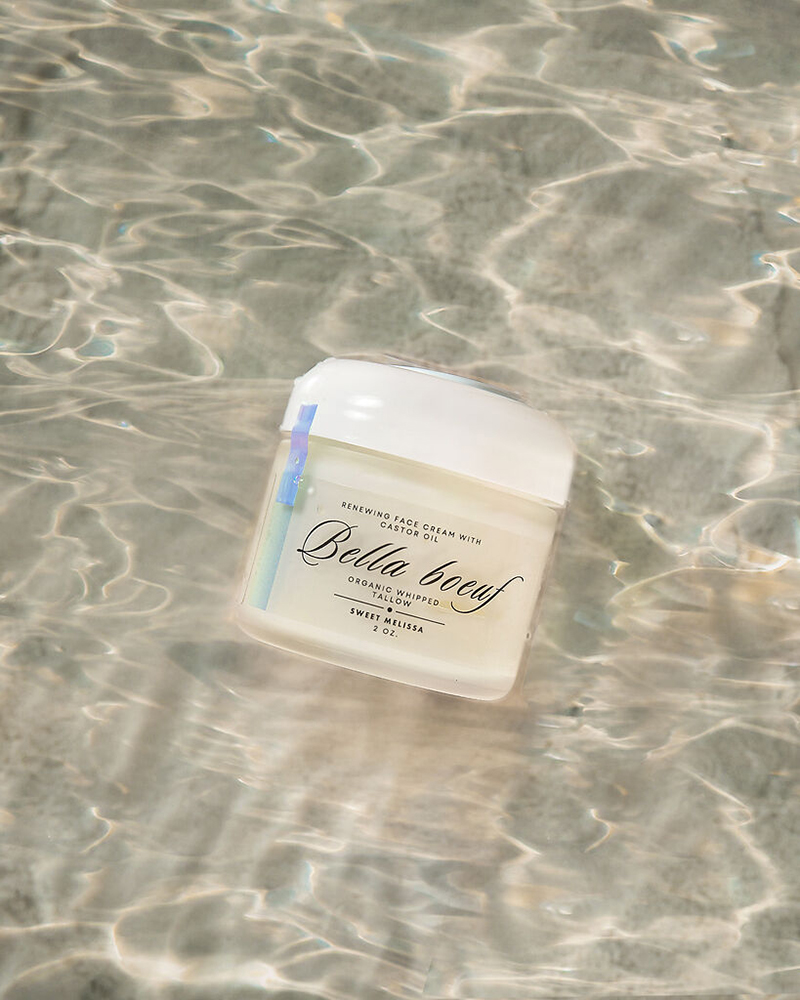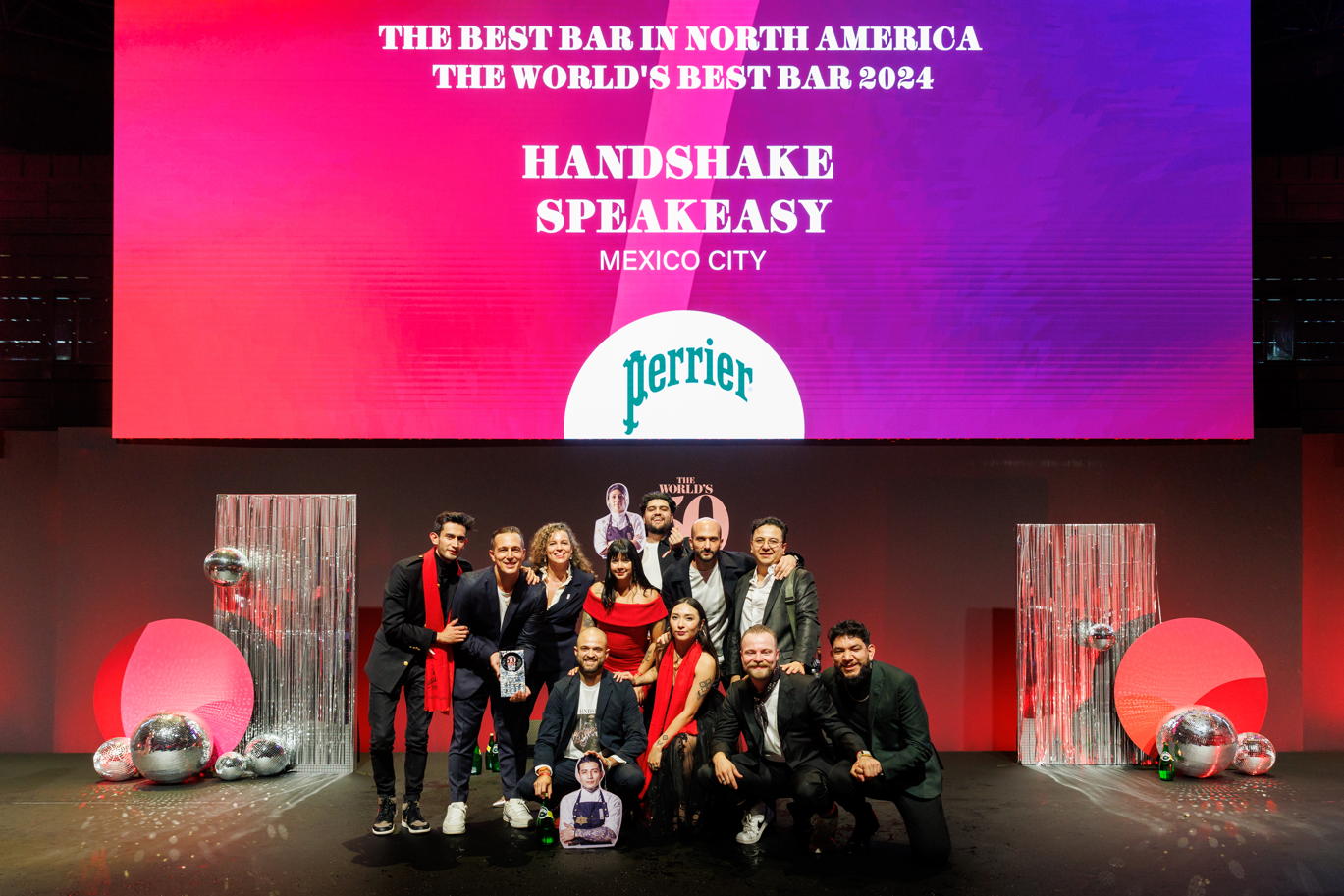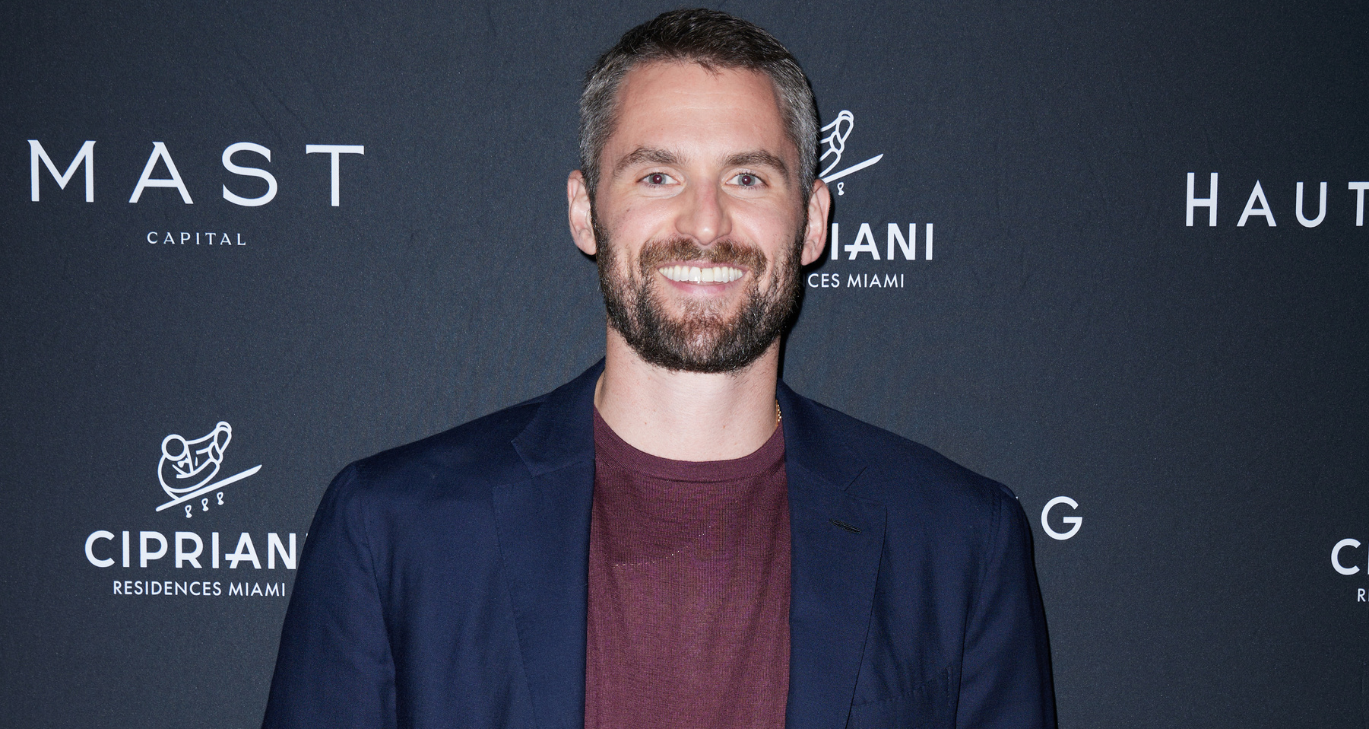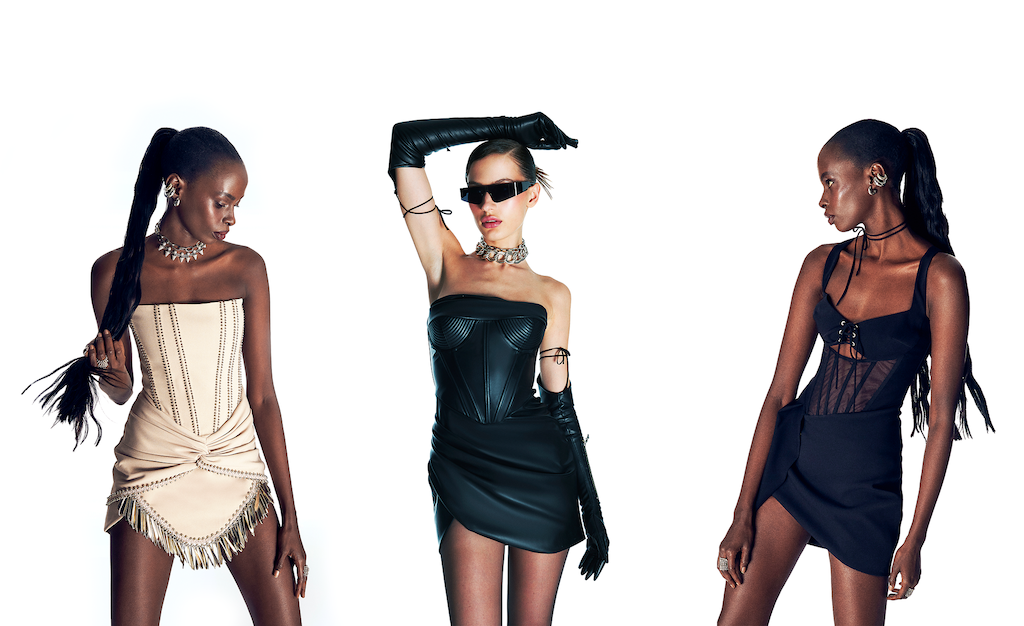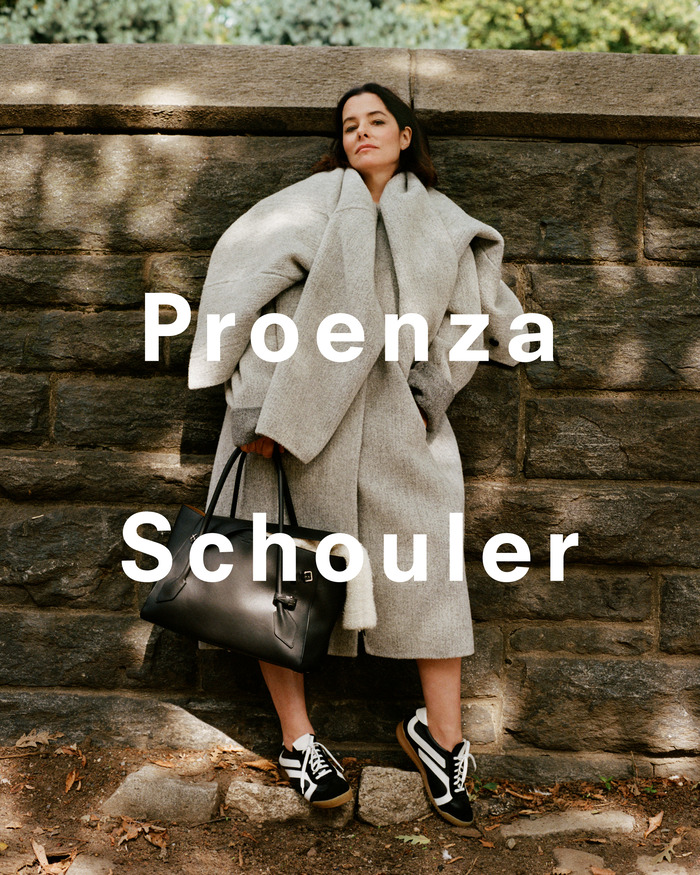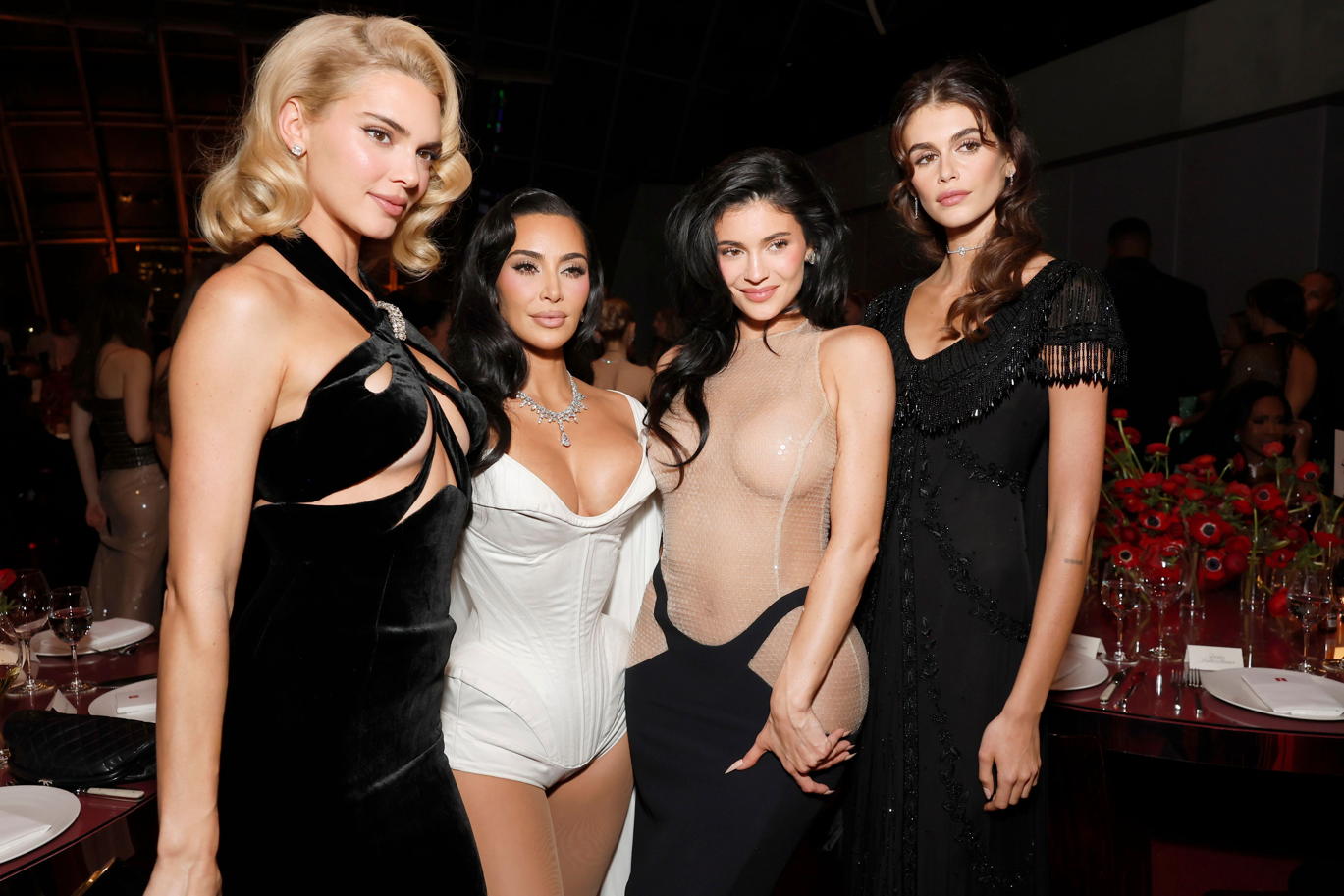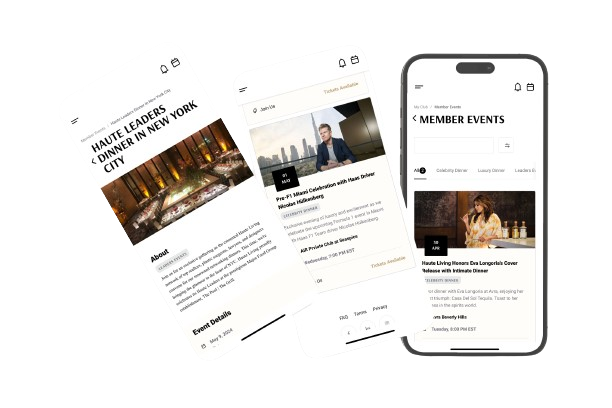Making A Mark: Artistic Progress in Los Angeles
These four great shapers explain how they are shaping the art scene in Los Angeles, the city of continuous youth and adaptation.

There is no question that the current art world is evolving. From the rise of startups challenging the existing gallery model to a possible regulation of the market, we are entering a new era in the field. As always, with change, there are those who embrace it and those who fear it. But while the renowned art scenes of London and New York struggle to break their tradition and pre-establishment, L.A. is stepping up and becoming a lab for innovation and experimentation. Here’s to the bold and the visionaries—we have a lot to learn from them.
THE LOS ANGELES ART COLLECTORS ELI AND EDYTHE BROAD
The Broads have about 2,000 works in their collection, one of the most prominent holdings of postwar and contemporary art worldwide. They collect artists in depth, such as Jean-Michel Basquiat, Barbara Kruger, Cy Twombly, Ed Ruscha, Andy Warhol, Kara Walker, Christopher Wool, Jeff Koons, Joseph Beuys, Jasper Johns, Cindy Sherman and Robert Rauschenberg.
Their Broad Museum has been a major statement in the L.A. art scene, both artistically and architecturally, since the very day it opened. Los Angeles, in their eyes, is the new cultural capital of the world—and who could disagree with someone like Eli Broad, the only person to build two Fortune 500 companies in different industries? The Broads and other similar figures have significantly influenced collectors, with more and more becoming passionate about supporting the works of contemporary artists.
When asked why they decided to start a new museum rather than contribute to existing ones, Edythe responds, “We have a long history of supporting public museums—Eli was the founding chairman of MOCA and a life trustee of MOCA, LACMA, MOMA. Our goal was always to share art with the broadest possible public and that’s why we created The Broad Art Foundation as a lending library for contemporary art.”
They continue, “To date, we’ve made nearly 8,500 loans to more than 500 museums and galleries around the world. As our collection grew in size, we realized it was too big to be absorbed by a single museum and be shown to the public. If we gave our collection to a single museum, they would only show about three percent of [it] and not continue our lending program.”
The couple is clearly loyal to the community. “We’ve lived in Los Angeles for more than 50 years and love this city. We wanted our art to be accessible to the public, so we decided to build The Broad, endow it, fill it with our collection and offer free general admission as a gift to the people of Los Angeles.”
But why such a strong attachment to L.A. and, specifically, its art scene? “We’ve long believed that Los Angeles is one of four cultural capitals in the world, along with New York, London and Paris. Grand Avenue is the cultural and civic district for a region of 15 million people. It now includes the Grand Arts High School, the Colburn School for the Arts, Grand Park, the three venues of the Music Center, a world-class symphony and symphony hall designed by Frank Gehry, and a great opera led by Placido Domingo.” They add, “Los Angeles has become the contemporary art capital of the world. New York is still the commercial capital, but when you look at how many museums and how much gallery space we have plus the Arts District downtown, Los Angeles has a thriving art scene, especially in contemporary art.”
Regarding their relationship with artists and whether the couple has visited many studios, the Broads say, “One of the most rewarding aspects of collecting contemporary art is the opportunity to meet the artists and have conversations with them about their works.” Let’s hope that everyone follows their lead.
HE MUSEUM DIRECTOR ― MICHAEL GOVAN OF LACMA

Michael Govan was quick to jump into the subject of art during Art Basel HK, with a statement that could come straight out of a John Baldessari piece—at once, surrealist and relevant. “L.A. is the future and always has been,” he says, due to what he calls the “ever-changing nature of the city.”
His passion is presumably what got him to accept the role of LACMA Museum Director after an accelerated career with the Solomon R. Guggenheim Foundation and the Dia Art Foundation. During his time at the latter, he was known for spearheading the conversion of a Nabisco box factory into the 300,000-square foot Dia:Beacon.
With LACMA, the challenge was even bigger: Establishing the museum as a cultural center while putting L.A. as a whole on the international art map,―despite being most renowned for its entertainment industry. And he succeeded. When Michael started there in 2006, most of the major exhibitions at LACMA came from more established art museums and curators like the MET, TATE and MOMA. Now, most of their shows are made at LACMA and travel to other established museums, creating a boost in cultural value for which they are respected. The LACMA museum has become a home for so many incredible artists, including Robert Irwin, John Baldessari and Barbara Kruger.
But all this is just a glimpse into Michael’s ambitious vision. As he puts it, “The city has changed dramatically over the past ten years and it is only the beginning. LACMA sits geographically in the middle of these changes, right on Wilshire Boulevard. The museum is a mirror of Los Angeles; it is multicultural and encompasses all kind of arts.”
And while most museums have a window façade, a single imposing entrance and a tall escalator as you enter them, Michael insisted on commissioning outside works to create entrances to the art institutions―such as Chris Burden’s ‘Urban Light,’ a series of 202 vintage street lamps from different neighborhoods in Los Angeles, arranged in front of the entrance pavilion.
“We are also setting up LACMA-owned branches across the city,” he says. “We want all communities to feel represented by our cultural institution.”
THE ART DISRUPTER STEFAN SIMCHOWITZ
Photo Credit: Zachary Armstrong and Stefan Simchowitz
Stefan Simchowitz is a well-known, Los Angeles-based art advisor. He is a vocal proponent for social media as a tool for discovering, distributing and popularizing a new crew of artists—primarily using Facebook and Instagram as platforms for self promotion, uncovering new artists and endorsing those he already manages.
Rather than following the linear art world route, Stefan diversifies the number of systems that recognize and produce credible artists. He is often a popular target for critics who claim he destabilizes the established network traditionally used to define the nature of good art and relevant artists. Stefan describes Los Angeles as less competitive than New York and London―thus, the best place for artists and art professionals like himself to not only establish a reputation, but also experiment with how they will do it.
“While you have dozens of people like Eli Broad in New York,” he says, “in Los Angeles, there is only Eli. In New York and London—you have many mid-sized galleries competing over the same artists and artists competing against each other to play in[to] this hierarchy. Los Angeles has more space, literally and metaphorically, to build and expand into the jungle outside of the traditional centralized system.”
And what about the overall culture in Los Angeles? “From the outside, it still feels more about Hollywood and less about people attending art events and supporting the cultural art scene. The money made in Los Angeles is extremely thin in comparison to that in New York and London, as a lot of the money still gravitates around the film industry, which pales in comparison to finance and tech. Yet this is changing and there is a shift towards greater interest in the art scene.”
He continues, “Let’s think about this in simple terms: there are a lot of white walls in Los Angeles, so much more space than in other art world cities and I am keen to leverage this and develop a new kind of art collector.”
Changing things and pushing the art world forward is a theme that comes back up often in the conversation. So where does this come from? “I dislike the current linear structure in the art world; it is too elitist and stops the field from exploring new avenues to further artists, both business-wise and geographically. As artists can barely afford a studio in London, the peripheries can become the new art world center, where they have room to live, think and create.”
Overall, he concludes, “If I tried to change things in London and New York, they would have already killed me within the existing, tightly controlled scene where invested interests hold their hegemony. Los Angeles still feels like the Wild West, where you can be who you want to be and challenge the status quo.”
THE ART FOUNDATION DIRECTOR ELIZABETH FORNEY OF FLAX FOUNDATION
France Los Angeles Exchange (FLAX) is a public charity committed to collaboration, innovation, exchange and sustainable impact. FLAX has a strong commitment to public engagement, introducing multi-disciplinary art projects in collaboration with established cultural institutions.
After a tragic anti-Semitic event in France in 2006, the two L.A.-based founders, Lionel Sauvage and Gerald du Manoir, decided to use art as a language above any political or religious conflicts that would allow everyone to dialogue towards resolution.
The foundation has given a series of grants to artists and institutions, and implemented a number of projects—from concerts to art exhibitions to residencies. Its previous partnerships include the City of Los Angeles and the Palais de Tokyo.
Ten years later, the energy and passion of the FLAX team is still very present. Elizabeth Forney, in fact, refuses to put on exhibitions and art events for only cultural insiders: “It’s very important to care about engaging everyone artistically in 2017, as this may reduce the number of social conflicts we are currently witnessing. We want to make sure that creativity is visible in all locations of Los Angeles, not just certain areas.”
She adds, “This is why you will soon see a participative performance with three artists we are supporting in Downtown’s Grand Park. It is free to access and attend, of course.”
Los Angeles feels experimental for the FLAX Foundation: a place where one can be innovative and rethink the creative industry. And that’s how you get a bunch of French people investing in the culture of the city. They believe that L.A. can become a platform for exchange amongst different cultures and people


